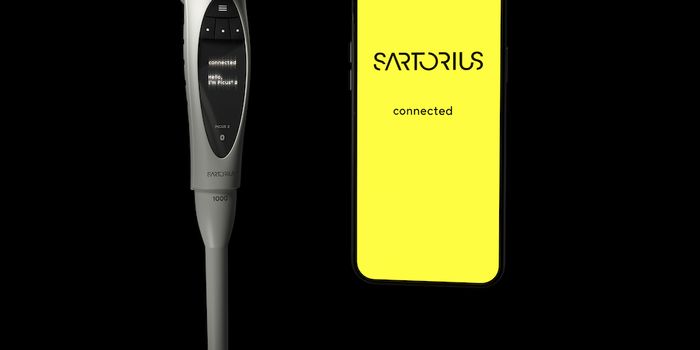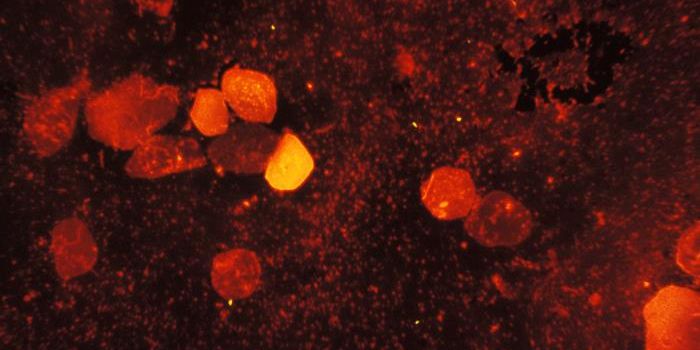Wearable Patch Senses Blood Vessel Blockages
The cardiovascular system is like a network of highways, filled with an estimated 25 trillion red blood cells that continuously cruise through the body’s countless blood vessels. However, this ‘traffic’ can sometimes come to a standstill with severe, often life-threatening medical consequences.
Take strokes, for instance. Strokes are a major killer, responsible for around 1 in every 19 deaths in the United States annually. Here, underlying conditions such as high blood pressure, high cholesterol, and diabetes can block arteries, temporarily disrupting blood flow to the brain.
What if there was a way to monitor the blood flow coursing through the arteries and veins in real-time to provide early warning signs of dangerous blockages? Thanks to a new wearable patch created by biomedical engineers at UC San Diego, this could soon be a possibility.
The ultrasound patch—roughly the size of a postage stamp—can be worn on either the neck or the chest and senses blood flow at depths up to 14 centimeters under the skin. Besides being completely non-invasive, the patch’s value comes from its ability to accurately trace blood flow in and out of critical organs such as the heart and brain. Additionally, the sensors can be tilted such that the ultrasound waves are positioned towards tissues and organs not directly beneath the patch.
Until now, wearable diagnostic technologies have struggled to pick up blood flow signals further away from the surface of the skin. This innovation overcomes this hurdle through its design that uses a series of tiny ultrasound transducers, each independently controlled by a computer platform. These transducers can emit either high-intensity ultrasound beams (for penetrating deeper into the body’s core) or out-of-sync waves for ‘steering’ the beams in different directions.
The transmitted ultrasound waves reflect off major blood vessels and return to the patch, which are then converted into a visual recording of flowing red blood cells.
This technology is set to be a gamechanger in cardiovascular medicine. For one, it bypasses the need for lengthy, labor-intensive blood flow examinations in a hospital setting. Instead, the patch paves the way for continuous, at-home monitoring with the potential to red-flag impending obstructive events long before symptoms begin to appear.
While the current prototype requires an external power source to function, the researchers are currently working on integrating electronics into the soft, stretchy skin patch to make it truly wireless.
Sources: Nature Biomedical Engineering, UC San Diego News Center.









